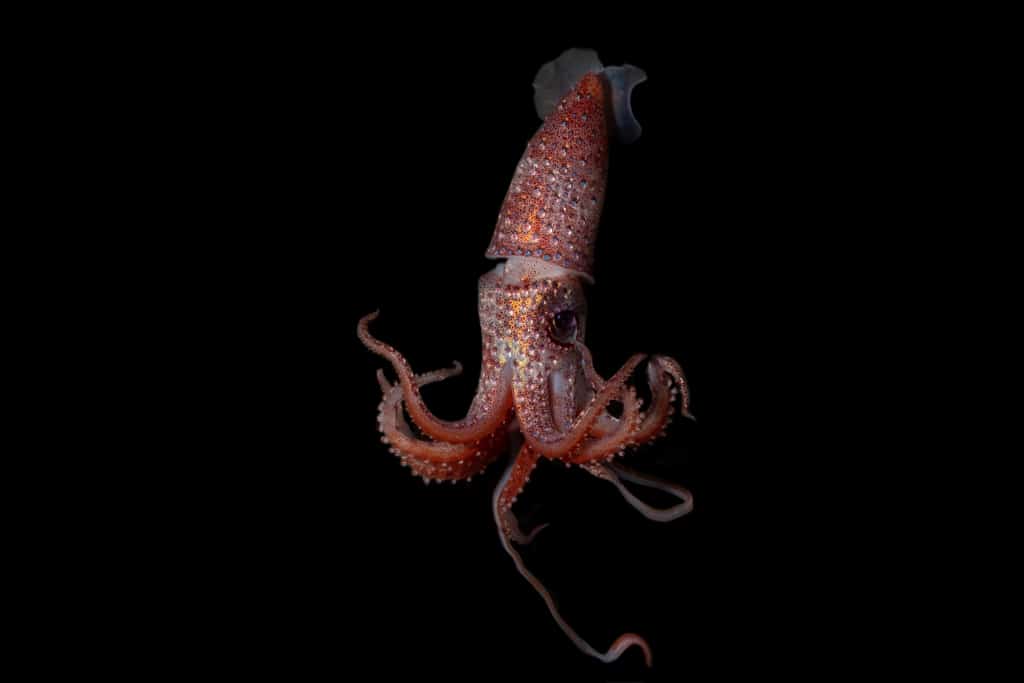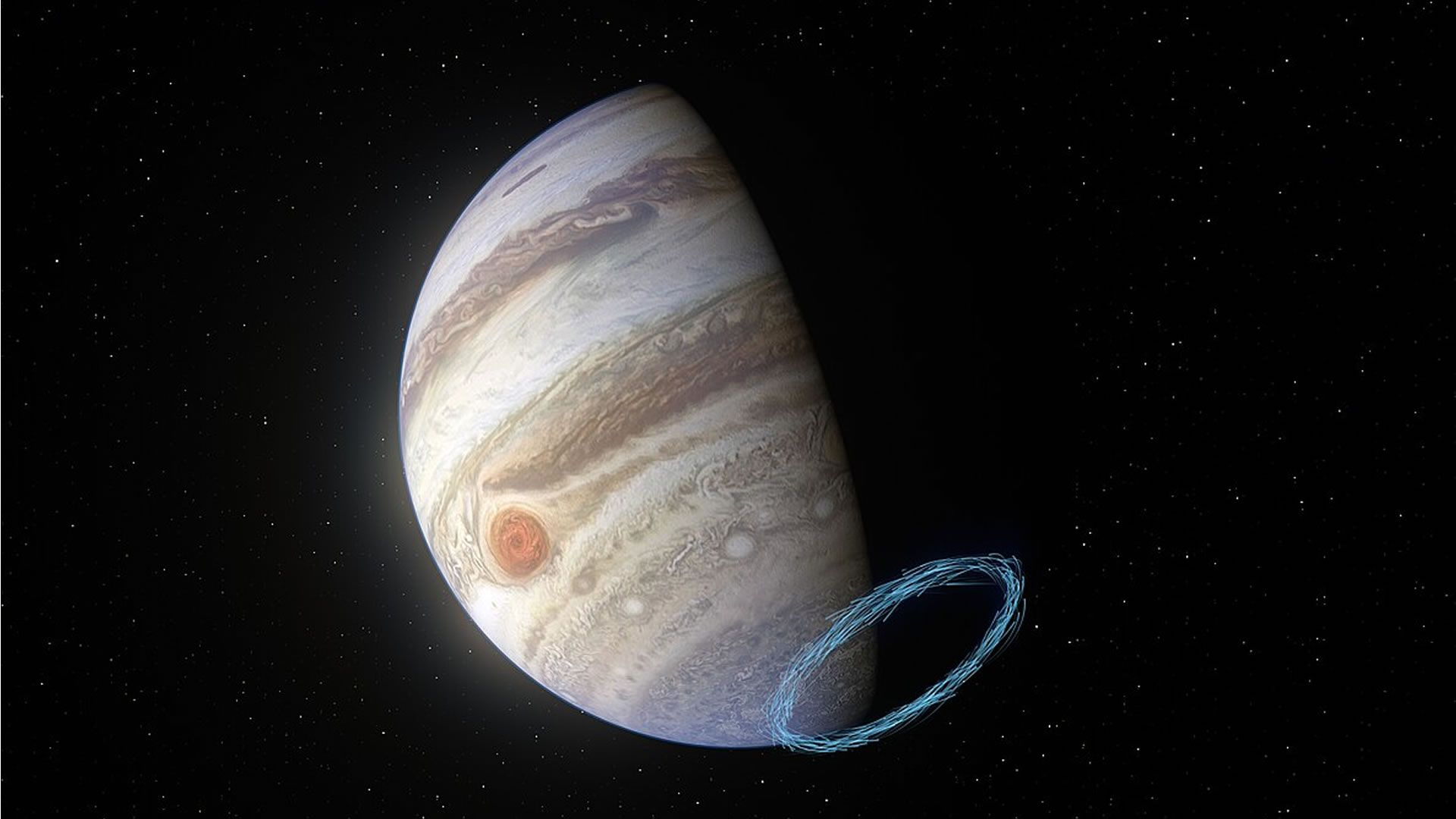Motion 035: Protection of Mesopelagic Ecosystem Integrity goes to vote at the World Conservation Congress this October. It urges nations not to authorize commercial fishing or other harmful activities in the deep ocean until we understand it better. If passed, this motion would be a crucial step toward ensuring that life in the deep layers of the ocean continues to thrive, and human activity in this space proceeds only when proven to pose no harm.
—
By Silvie Alexander, Kristin Kleisner, Dr. Lance Morgan, Chris Dorsett and Kristina Gjerde.
Beneath the waves, between 200 and 1,000 meters deep, lies one of Earth’s most mysterious and vital ecosystems: the mesopelagic zone, also known as the Ocean Twilight Zone. Though shrouded in darkness, this vast layer spans the globe and harbors an estimated 90% of all fish biomass, making it the largest unexploited ecosystem on the planet.
Until recently, this deep sea zone remained largely unknown. But as scientific discovery begins shedding light on the mesopelagic’s immense ecological and climate value, a new threat is rising: industrial exploitation.
Fishing fleets are eyeing this zone for extraction as demand for fishmeal and fish oil increases. Other potential activities like deep-sea mining and marine carbon dioxide removal technologies also threaten the integrity of the mesopelagic ecosystem and its services.
If we are serious about fighting climate change and preserving ocean health, the world must act now to protect this fragile, extraordinary ecosystem before it is too late. An upcoming vote at the International Union for the Conservation of Nature (IUCN) Conservation Congress is the first step.
Lungs of the Ocean
Though invisible from the surface, the mesopelagic zone isn’t lifeless. It is teeming with bioluminescent fish, jellyfish, and otherworldly creatures, many of which remain unnamed, unstudied, or entirely undiscovered. But what makes this region truly exceptional is the essential role it plays in regulating our climate.
Each night, billions of mesopelagic organisms perform the largest animal migration on Earth: migrating to the surface to feed on carbon-rich plankton, then returning to the depths by day. This nightly movement pulls massive amounts of carbon from surface waters to the deep ocean, where it can be sequestered for hundreds to thousands of years.
It is estimated that mesopelagic species help transport 2-6 gigatons of carbon every year, more than double the annual emissions from all the world’s cars. And that is a conservative range based on our limited knowledge of the region’s biomass. Some scientists estimate migrating mesopelagic organisms facilitate the sequestration of over half the carbon stored by the ocean’s biologic carbon pump, with others positing they are responsible for up to 90% of deep ocean carbon storage.

As science deepens its understanding of the mesopelagic zone and its species, it is increasingly evident that it is one of the planet’s most powerful climate stabilizers. Without it, Earth could be significantly hotter and climate impacts far more extreme.
In addition to carbon transport, mesopelagic organisms form the foundation of oceanic food webs, serving as vital prey for economically and culturally significant species such as tuna, swordfish, sharks, sperm whales, and sea lions. In other words, what happens in the mesopelagic zone ripples out across entire ocean ecosystems and affects the communities and industries that depend on them.
Moreover, it is clear a vast number of species have evolved to the unique attributes of this dynamic deep sea environment, yet scientists have only catalogued a fraction. Considering the contributions biodiversity makes to science and life saving medicines every year, this is an invaluable benefit that we cannot afford to lose.
A New Gold Rush in the Deep Sea
Despite its societal, ecological, and climate value, the mesopelagic zone is now in the crosshairs of industrial-scale exploitation. Fishing companies are exploring it as a new source of fishmeal and fish oil (FMFO), used in aquaculture, livestock, and even pet food.

Currently, about 30% of global wild-caught fish are ground into FMFO. But as fisheries falter under climate stress and overfishing, attention is shifting to deeper, more abundant mesopelagic species. For industry, it is a business opportunity. For the planet, it is a dangerous gamble.
We Have More to Learn – And We Must Learn Fast
It is worth emphasizing that we know shockingly little about the mesopelagic zone. We do not know how many species live there, how long they live, how they reproduce, or how resilient they are to disturbance. We do not know how fast these ecosystems recover from disruption, or if they can recover at all.
Unlike more familiar fisheries, there is no baseline data, no harvest limits, and no management frameworks. It is, quite literally, a scientific black box. While there may be some level of extraction that is sustainable, we do not know what these levels may be or how economic gains weigh against the damage exploitation could cause. There is research underway exploring this, but we need more before we alter this system.
Ultimately, we cannot manage what we do not measure. Fishing before we have the necessary knowledge in hand is a reckless gamble we simply cannot afford. The stakes for ocean health, biodiversity, and the global climate are too high.
A Global Call to Action
Recognizing this threat, the Marine Conservation Institute, the Environmental Defense Fund, and Ocean Conservancy are working to pass a motion at the International Union for Conservation of Nature (IUCN) that would place a precautionary pause on mesopelagic exploitation and spur the research needed to answer key questions.
Motion 035: Protection of Mesopelagic Ecosystem Integrity, goes to vote at the World Conservation Congress this October. It urges nations not to authorize commercial fishing or other harmful activities in the mesopelagic until we understand it better. If passed, this motion would be a crucial step toward ensuring the mesopelagic zone continues to thrive, and human activity in this space proceeds only when proven to pose no harm.
This is not about halting all human activity in the ocean – it is about acting responsibly, and understanding that the ocean, and particularly the mesopelagic zone, is more than a resource; it is a life-support system for us and our planet.

The mesopelagic zone is one of Earth’s last truly untouched frontiers. Once lost, we do not know what will happen and we have no guarantee we can restore it.
We have a narrow window of opportunity to make the right choice. The mesopelagic zone has served us and our planet silently for millennia. Now it is time we speak up for it.
What You Can Do
If you are an ocean advocate:
- Share the importance of Motion 035 and the mesopelagic zone.
- Amplify on social media and to your networks.
- Encourage IUCN members to vote “Yes.”
If you are an IUCN Member:
- Read, comment on, and vote in support of the motion.
- Urge others to protect this extraordinary and essential ecosystem.
—
About the authors: Silvie Alexander (Blue Carbon Intern at Environmental Defense Fund), Kristin Kleisner (Lead Senior Scientist and AVP, Ocean Science at Environmental Defense Fund), Dr. Lance Morgan (marine biologist and president of Marine Conservation Institute), Chris Dorsett (Vice President, Conservation, Ocean Conservancy) and Kristina Gjerde (Senior High Seas Advisor to IUCN’s Global Marine and Polar Programme).
Featured image: Paul Caiger, Nancy Copley, Larry Madin/Woods Hole Oceanographic Institution.
This story is funded by readers like you
Our non-profit newsroom provides climate coverage free of charge and advertising. Your one-off or monthly donations play a crucial role in supporting our operations, expanding our reach, and maintaining our editorial independence.
About EO | Mission Statement | Impact & Reach | Write for us









